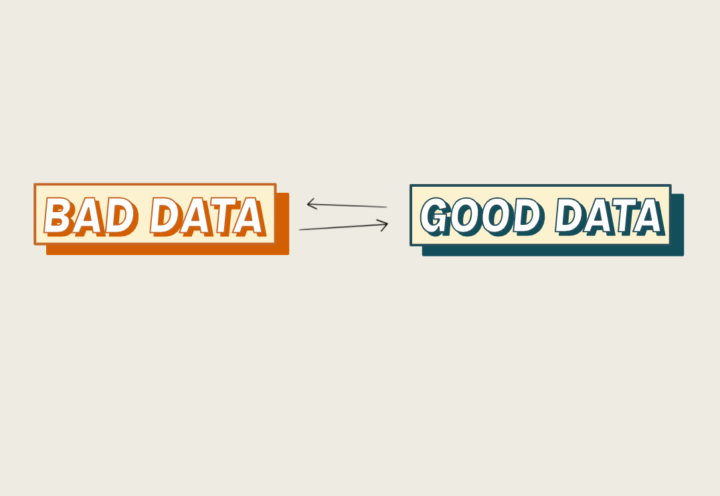With technological advances comes material innovation. Biomaterials can be found in multidisciplinary industries with different functions and uses. A biomaterial is essentially any substance—synthetic or natural—that is based around nature and interacts with biological systems for creation. Companies are using technology to explore the core of natural systems to integrate the properties to create new materials with minimal environmental impact but great material output and design.
Multidisciplinary collaboration between design, biology and material science can lead to smarter ways to make evolved materials.
Modern Meadow
Their belief challenges the possibilities of materials and biofabrication to create a healthier future for design and the planet. Modern Meadow is inspired by natural biology and harnesses these powers to create revolutionary new biologically advanced materials. Their material is created through the use of cells, DNA and protein. By designing cells at the DNA level in a lab, Modern Meadow are able to create bespoke micro-organisms that produce proteins. Once the desired proteins are formed, they are then fermented to multiply to produce collagen cells and proteins which is the foundation of their biofabricated materials.
ZOA is the company’s first biobased leather alternative that mimics the properties of natural leather in both look and performance but has been created with tailored collagen protein. It is animal-free and offers a lesser environmental footprint. This biofabric is not yet commercially available, but highlights the incredible possibilities that biology based materials can offer.
Bolt Threads
Bolt Threads has been pioneering material innovation since 2009. They are most famously known for partnering with Stella McCartney with their Spider Silk, but the company has engineered other materials also. Inspired by nature and harnessing the power of technology, Bolt Threads create commercially viable materials that are eco-friendly and cruelty free. Their two trademarked biomaterial products are Microsilk and Mylo.
Microsilk
Bolt Threads developed technology to mimic the properties that spider web silk can offer. Spiders produce fibers while creating their webs that have high tensile strength, elasticity, durability, but also suppleness. Formulated in a lab using DNA to create a yeast and then ferment, microsilk can be produced to a commercial scale with less environmental impact than conventional textile processing. The silky protein is spun into fibres in a similar process to that of rayon or acrylic, and is then knitted together into fabrics. Microsilk is also able to biodegrade at the end of its useful lifecycle.
Mylo
Mylo is an alternative to leather that is made from the root structure of mushrooms known as mycelium. By engineering the mycelium cells Bolt Threads have created a material that aesthetically looks similar to leather and is also supple yet durable like animal leather and can also be tanned and dyed. It has a lesser environmental impact than animal leather and can be renewably produced in days and is biodegradable at the end of its lifespan.
MycoWorks
Like Bolt Threads, MycoWorks has created their own leather alternative material using mycelium mushrooms and agricultural byproducts. Similarly to animal leather, the lab-grown material is durable and flexible, breathable and water resistant. MycoWorks grows the mycelium leather to almost any tailored size, shape and texture inside their labs. The fibres created are 100% biodegradable and MycoWorks used closed-loop processes in their labs to maximise their sustainability credentials from start to finish.
AlgiKnit
AlgiKnit merges science and design to combat environmental damage that they believe can be minimised or avoided in the fashion industry. They create durable yet degradable yarns and operate in a closed-loop system. Kelp- a type of seaweed or macroalgae- is a rapidly renewable resource that is found naturally in cold coastal waters. Algae is a nutrient-rich natural organism that sequesters carbon while filtering water and thrives without the need for any fertilizers or chemicals. Kelp farms assist in rebuilding communities affected by overfishing and pollution and improves marine life simultaneously. The yarns created with the kelp are currently aimed towards use in footwear, accessories, garments and home furnishings. As the yarns are made from natural resources, they will degrade under the correct composting conditions but remain durable outside of these conditions for everyday wear and use.







